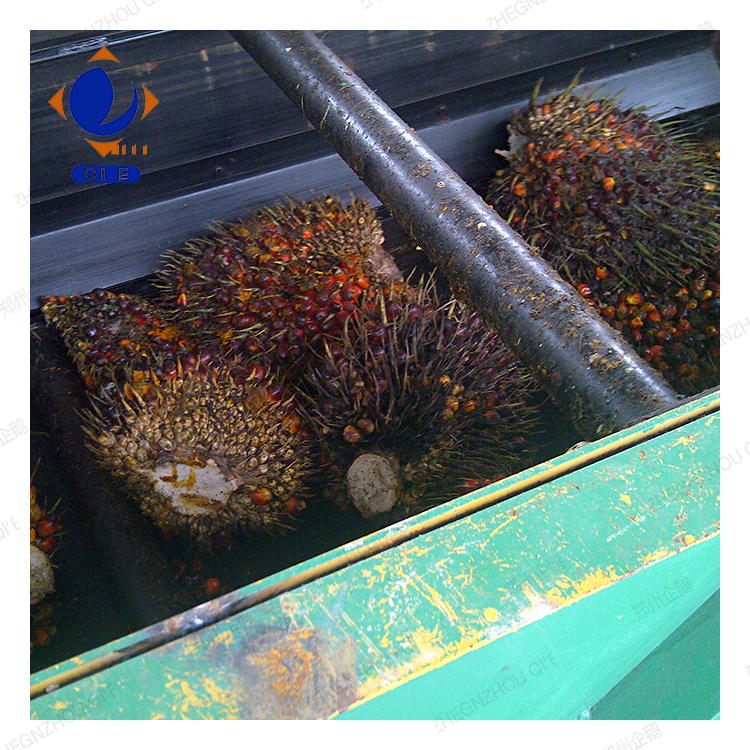
For small and medium-scale oil producers, the choice of screw press technology isn't just about mechanical efficiency—it's a strategic decision that directly impacts oil yield, quality, and long-term profitability. Recent studies show that controlling press temperature during extraction can increase oil recovery by up to 8–12% while reducing free fatty acid (FFA) levels by as much as 30%, especially when processing high-value oils like peanut or soybean.
The design of the spiral shaft is more than just a mechanical component—it’s the heart of continuous feeding and pressure build-up. In a properly engineered system, the pitch and compression ratio of the screw are tailored to each oilseed type. For example:
| Oilseed Type | Recommended Screw Pitch | Avg. Oil Recovery Increase |
|---|---|---|
| Peanut | Low pitch (20–25%) | +10–12% |
| Soybean | Medium pitch (30–35%) | +7–9% |
| Canola | High pitch (40–45%) | +6–8% |
These differences aren’t arbitrary—they reflect how each seed responds to shear force and heat. Misalignment between feedstock characteristics and screw configuration often leads to under-extraction or excessive thermal degradation, both of which compromise oil clarity and shelf life.
A well-designed preheating system can reduce energy consumption by up to 15% while simultaneously improving oil flow and lowering viscosity before pressing. In one case study from a Malaysian palm oil processor, implementing a controlled preheat zone at 60°C increased throughput by 18% without compromising oxidative stability—a critical factor for export-grade oils.
This is where temperature control becomes not just a feature but a competitive advantage. When you maintain consistent internal temperatures (typically between 70–85°C for most seeds), you minimize enzymatic activity that causes rancidity and maximize lipid solubility for better separation.

Many small mills still rely on manual adjustments or outdated models lacking real-time feedback loops. This results in inconsistent batches—some too hot, some too cold—which increases rejection rates and customer complaints. The solution? Integrated sensors and automated controls that adapt to raw material moisture content and ambient conditions.
One frequent error is choosing a “one-size-fits-all” press based solely on horsepower. But as our data shows, a 50 HP unit may be overkill for 2 tons/hour of soybeans—and wasteful in terms of electricity use. Conversely, undersized equipment risks clogging and poor performance, especially with fibrous materials like sunflower or flaxseed.
Another overlooked area is maintenance accessibility. A poorly designed discharge port or inaccessible bearing housing can add 3–5 hours of downtime per week—costing thousands annually in lost production time.

If your goal is sustainable growth—not just short-term savings—then investing in smart press technology pays off fast. Whether you're scaling from artisanal to commercial production or optimizing an existing line, understanding these nuances separates good operators from great ones.

